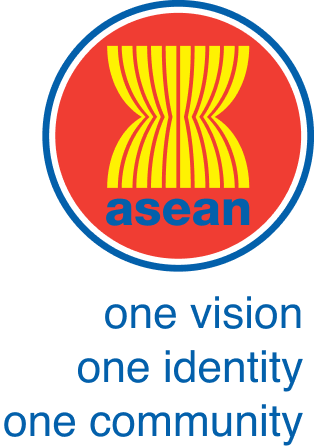This section highlights how social inequalities faced by particular social cohorts make the objective of healthy living harder to achieve. The focus applied here diverges from a conventional epidemiological model, that regards the incidence of disease as a matter of individual risk. It recognises that social inequalities make particular groups more vulnerable to disease and moves away from the ‘pathologies of power’, which characterise the poor as being the cause of their own ill-health. The social determinants of health show that disadvantaged groups find it harder to access health services and this makes them more vulnerable to infectious diseases, and more susceptible to chronic and non-communicable diseases. There are also gendered differences in access, where households may, for example, give preference to boys being immunised over girls.
Shifting from an examination of non-communicable diseases to communicable diseases, and looking at the nature of ill-health on account of the social determinants of physical and mental health, the focus is on those who do not have endowments and capabilities to maintain their health to allow them to live a life that they desire. While the WHO’s definition of health explicitly regards well-being as a component of health: “Health is a state of complete physical, mental and social well-being and not merely the absence of disease or infirmity”, it remains difficult to identify the precise way in which this should be conceptualized and measured.
One of the earliest composite health measures was the Physical Quality of Life Index in the 1970s, with dimensions of health and education, followed by the Human Development Index, which introduced income as an additional third dimension in 1990.
Both health and well-being have been assessed using objective and subjective criteria. Objective assessments (such as the Human Development Index) draw on a list of attributes defined by experts, while the subjective assessments (such as the World Happiness Report) rely on the accounts of individuals who inform experts of what they regard as the good life.
Although difficult to quantify, subjective assessments encompass individual voices, and they shift the emphasis to understanding the lives of ordinary people. In so doing, a clearer picture begins to be built of interactions between physical and mental health risks: positive correlations between heart disease and irascibility; and between mental illness and social inequality. An inverse relationship is seen between early positive emotional experiences and mortality risk in later life.
Inequalities in health are driven by a number of variables including location (such as exposure to pollution), migrant status, income, disability and gender. Regional inequalities in health can have significant adverse impacts on the health of individuals in all AMS countries. Calculations of the distribution of the social cost of climate-change related outcomes indicate that Southeast Asia (along with the Western Pacific region) will incur the highest social cost of the impact of global greenhouse gas emissions in 2030, amounting to an average of USD 339 billion. Another imminent climate-change threat is that of sea level rises, which will increase vulnerability to flooding along all coastal and low-lying areas (including many coastal cities, in which population density is relatively high). As underlying global temperatures rise by 1.5°C or 2°C – or even more – Manila is a city among the most likely to face the threat of submergence, but with many others extremely vulnerable.
The impacts of climate change are unequally distributed across the population, with those social groups who are living in low lying areas being more prone to increased flooding and associated loss of livelihoods and well-being; richer communities, wherever they are located, are more likely to gain access to national, regional or global programmes for deployment in the face of climate-change related disasters or health emergencies, such as water borne diseases.
A proposed health intervention cannot remain neutral to distributional implications, and must explicitly recognise the varying ability of social groups to draw more or less on health-capacity enhancing interventions. For example, improvements in ASEAN life expectancy appear to be have been driven by nationwide improvements in healthcare systems (Moore, 2020), but reductions in infant mortality depend more upon the capacity of local clinics. Where critical care is deficient, fatality can rise significantly, especially in low capacity areas, as in the case of recent epidemics, such as SARS.











